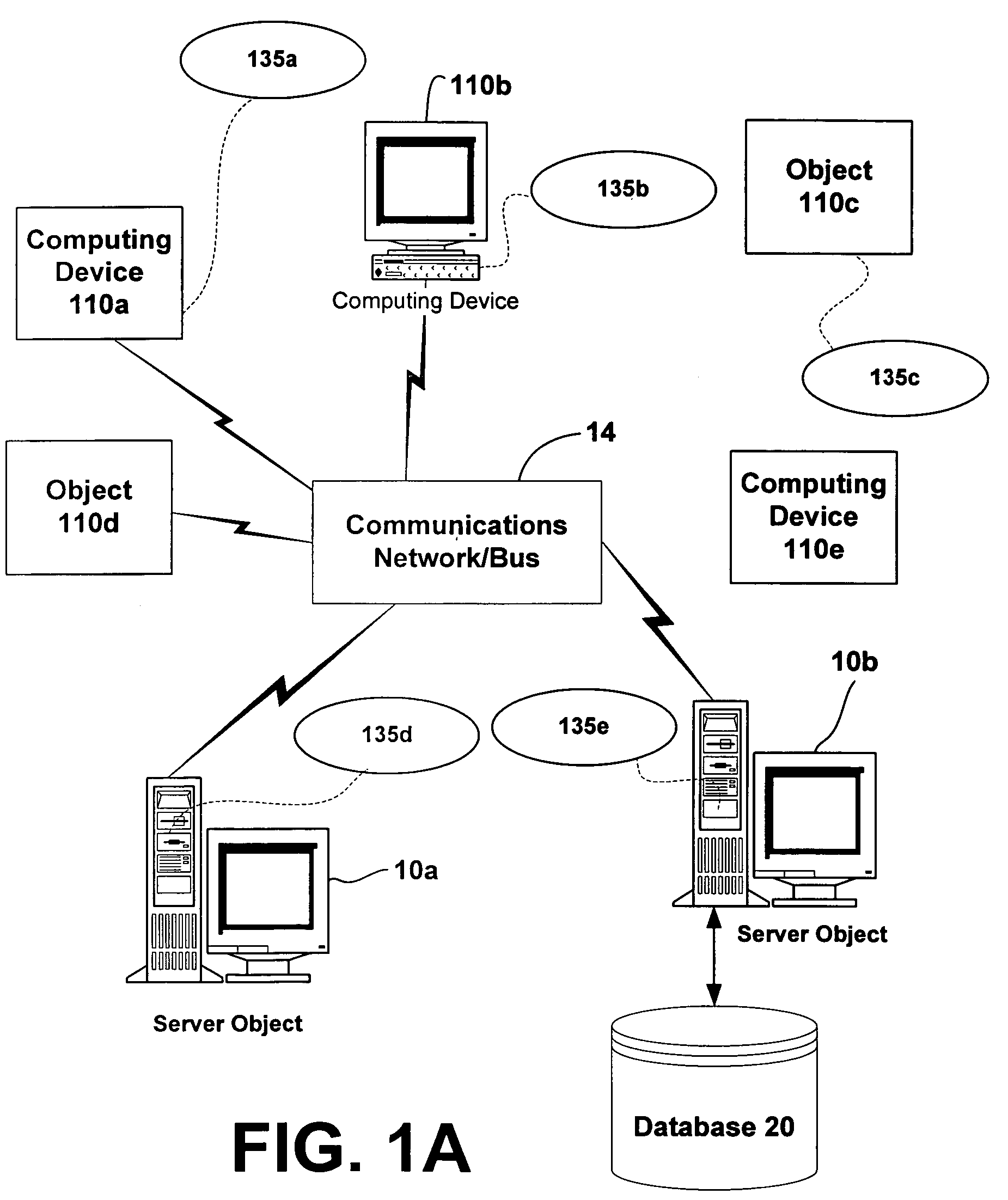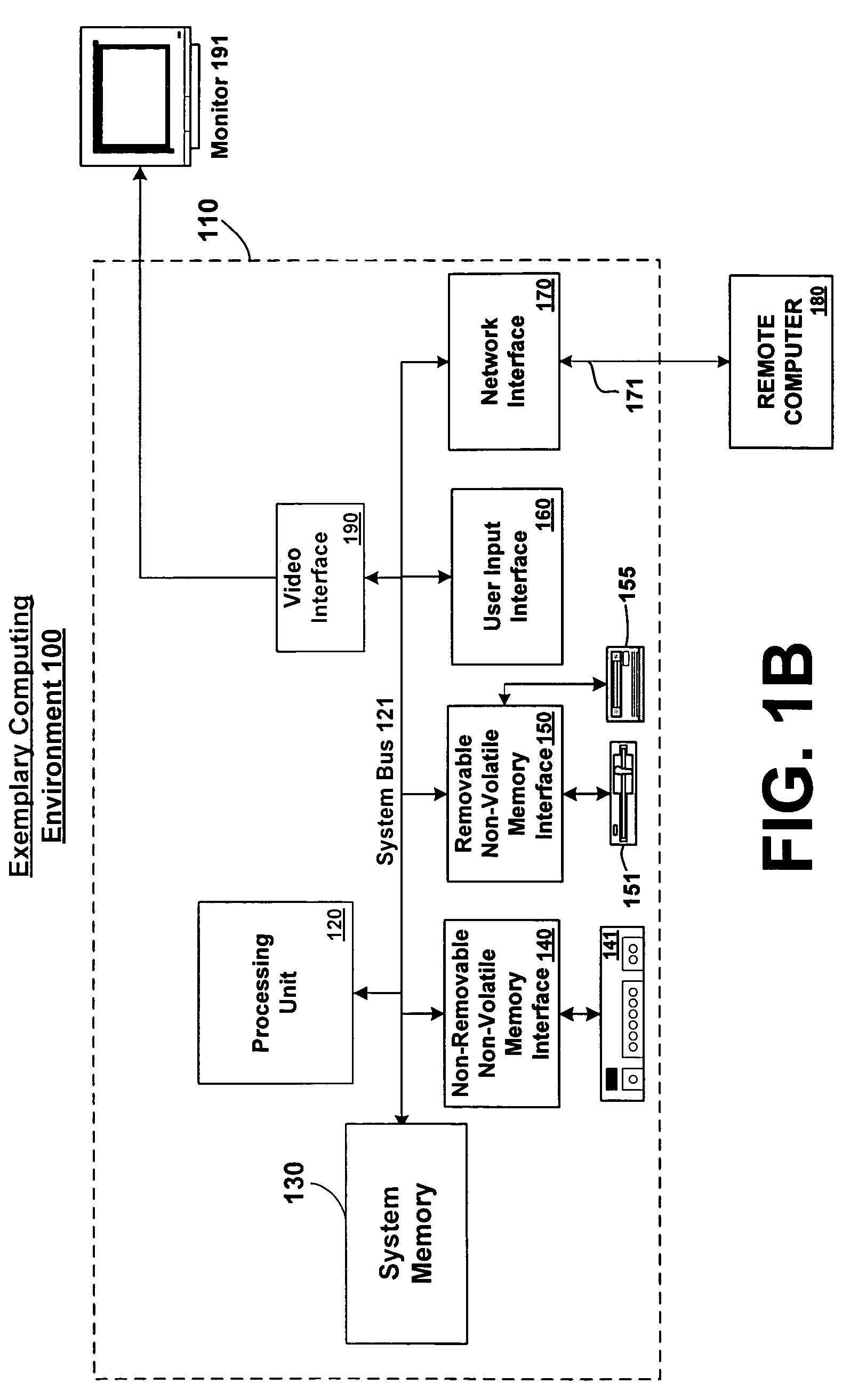Systems and methods for indexing content for fast and scalable retrieval
a content and content technology, applied in the field of systems and methods for fast, efficient and scalable content retrieval, can solve problems such as reaching crisis proportions, creating overwhelming manageability and organizational overhead, and way too many leaves to uncover, and achieve fast and efficient and scalable document retrieval, fast and efficient generation, and fast and scalable efficiency
- Summary
- Abstract
- Description
- Claims
- Application Information
AI Technical Summary
Benefits of technology
Problems solved by technology
Method used
Image
Examples
Embodiment Construction
Overview
[0029] The invention provides fast, efficient and scalable techniques for indexing and querying documents in a content store. In various embodiments, the invention provides systems and methods for generating and consuming posting lists in reverse chronological order. In one embodiment, for instance a timestamp for an incoming is used as the document identifier. In other embodiments, the invention provides a way to initially index incoming documents as forward representations, and over time, to convert sets of the forward representations to inverted representations, e.g., when convenient to do so in the system. Moreover, when the inverted representations become too numerous, they too can be combined in the background. Similar techniques are applied to a term expand index data structure whereby term expand lexicons are formed from a table representing new terms. If the table becomes too large, it is converted to a lexicon, and when the number of lexicons becomes too numerous...
PUM
 Login to View More
Login to View More Abstract
Description
Claims
Application Information
 Login to View More
Login to View More - R&D
- Intellectual Property
- Life Sciences
- Materials
- Tech Scout
- Unparalleled Data Quality
- Higher Quality Content
- 60% Fewer Hallucinations
Browse by: Latest US Patents, China's latest patents, Technical Efficacy Thesaurus, Application Domain, Technology Topic, Popular Technical Reports.
© 2025 PatSnap. All rights reserved.Legal|Privacy policy|Modern Slavery Act Transparency Statement|Sitemap|About US| Contact US: help@patsnap.com



